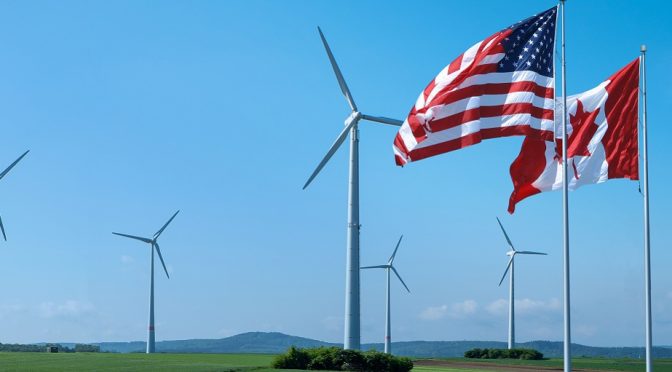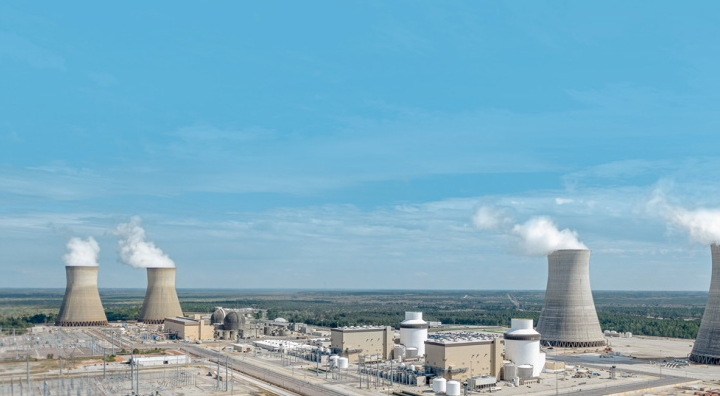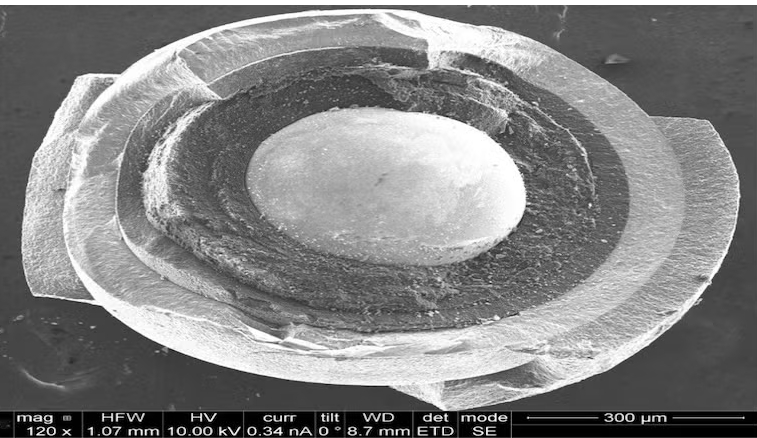
In recent years, the United States has made significant advancements in its clean energy transition, driving the nation closer to its 2030 climate target. With the adoption of the Paris Agreement, the U.S. committed to reducing greenhouse gas emissions, achieving carbon pollution-free electricity, and transitioning to a net-zero emissions economy.
One notable finding by Climate Central indicates that the United States has been steadily reducing greenhouse gas emissions by approximately 2% annually. However, the progressive policies and the implementation of the 2022 Inflation Reduction Act have accelerated the reduction rate to 4% per year. Despite these encouraging numbers, there is still a significant gap to bridge in order to meet the 2030 objectives.
Nevertheless, the outlook for the U.S. energy landscape beyond 2030 is promising. By 2035, existing policies are projected to propel the country towards achieving a reduction of over 50% below 2005 emission levels, according to Climate Central. This positive trajectory can be attributed to the rapid growth in solar and wind energy capacity across the nation.
Research conducted by Princeton University highlights that a majority of states are expected to surpass the 50% milestone in solar and wind energy production by 2035. This shift towards renewable energy sources not only contributes to emissions reduction targets but also presents a significant opportunity for job creation. Climate Central predicts that the expansion of solar and wind energy industries could generate millions of new jobs in the United States by 2035, particularly in fields associated with solar energy and electricity transmission.
With ongoing efforts to support the energy transition and harness the power of renewable resources, the United States is well on its way to combatting climate change and creating a sustainable future for generations to come.
Frequently Asked Questions
What is the Paris Agreement?
The Paris Agreement is an international treaty that aims to combat climate change and limit global warming to well below 2 degrees Celsius above pre-industrial levels. It was adopted by 196 parties, including the United States, establishing a framework for countries to reduce greenhouse gas emissions and enhance their resilience to climate impacts.
What are greenhouse gas emissions?
Greenhouse gas emissions refer to the release of gases, such as carbon dioxide (CO2) and methane (CH4), into the Earth’s atmosphere. These gases trap heat, contributing to the greenhouse effect and climate change.
What is net-zero emissions?
Net-zero emissions means achieving a balance between the total amount of greenhouse gases emitted into the atmosphere and the amount removed or offset. It involves reducing emissions as much as possible and investing in carbon removal technologies or nature-based solutions to offset any remaining emissions. This approach helps to prevent further global temperature rise.







